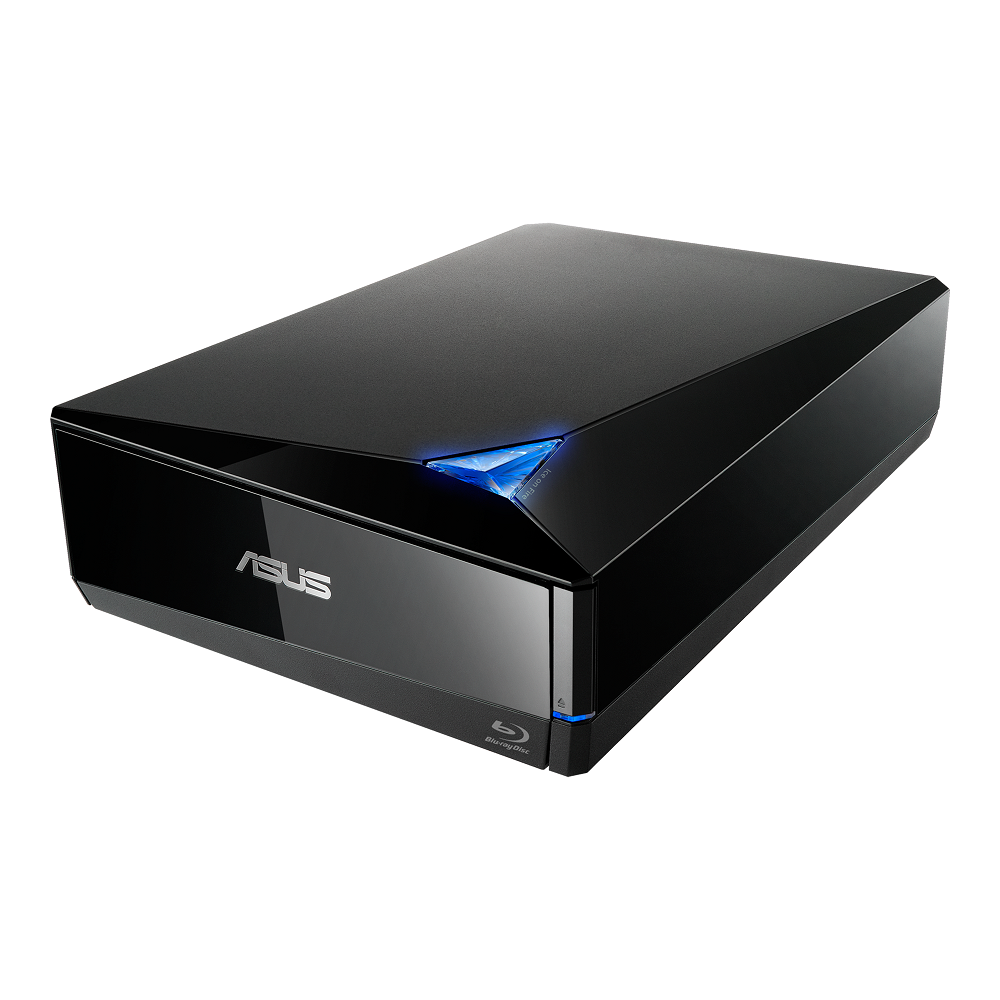As we dive deeper into the digital age, understanding the different formats for storing and playing videos becomes crucial. Blu-ray and DVD are two popular formats that many use for watching movies, series, and more. While both formats serve the same purpose, they have significant differences that can affect your viewing experience. In this article, we will explore the distinctions between Blu-ray and DVD, including their storage capabilities, quality, and other features, enabling you to make informed choices about your home entertainment setup.
The Basics of DVD Technology
What is a DVD?
A Digital Versatile Disc (DVD) is a type of optical disc storage format that was introduced in the mid-1990s. DVDs quickly became the standard for home video consumption, allowing users to watch movies, store data, and even play video games. The technology behind DVDs enables them to hold significantly more data than a traditional CD. Standard DVDs can store about 4.7 GB of data, while dual-layer DVDs can hold up to 8.5 GB. These storage capacities were revolutionary at the time, allowing users to enjoy movies with better quality than VHS tapes.
How Does DVD Work?
DVD technology relies on a laser to read and write data. The surface of the disc is encoded with pits and lands that represent the binary data. The DVD player uses a 650 nm wavelength laser to focus on these pits, retrieving the data as it spins. The motion and design of the player allow for high-speed data retrieval, which makes it possible to view video and listen to audio with minimal buffering or lag.

The Evolution of Blu-ray Technology
What is Blu-ray?
Blu-ray is a more advanced optical disc format introduced in the early 2000s as a successor to the DVD. The primary goal of Blu-ray was to offer higher resolution video and improved storage capacity. A standard Blu-ray disc holds about 25 GB of data on a single-layer disc and up to 50 GB on a dual-layer disc. This substantial increase in capacity allows for greater audio and video quality, making it appealing for high-definition movie enthusiasts.
How Does Blu-ray Work?
Blu-ray technology employs a different laser wavelength—405 nm—allowing it to read and write more data in the same physical space as a DVD. This smaller wavelength means that Blu-ray discs feature more closely packed data pits, enhancing their storage capabilities. The use of advanced compression methods, such as H.264/MPEG-4 AVC, also contributes to Blu-ray’s superior video quality. This technology enhances the viewing experience by delivering high-definition images and better sound fidelity, which are increasingly important in modern cinema.
Comparing Storage Capacity
Storage Capacity of DVD
As mentioned earlier, a standard DVD can store about 4.7 GB, while a dual-layer version can reach 8.5 GB. While this capacity was sufficient for standard-definition content, as technology improved, it became evident that DVDs would struggle to meet the demands of modern video quality. For instance, a full-length feature film, usually around two hours, can take up a significant portion of a DVD’s storage, especially when adding extras such as behind-the-scenes footage or commentary.
Storage Capacity of Blu-ray
Blu-ray discs revolutionized the storage game by offering capacities that would accommodate high-definition video and extensive supplementary content. A single-layer Blu-ray disc stores about 25 GB, while the dual-layer version holds up to 50 GB. For lengthy films and series with special features, this increased storage provides ample space. Many modern titles on Blu-ray include both standard and high-definition formats, along with extras and downloadable content, making it a versatile option for home entertainment.

Video and Audio Quality
DVD Quality Limitations
When it comes to video and audio quality, DVDs show their limitations. DVDs offer a maximum resolution of 480p (standard definition), which can look pixelated on larger screens. The audio options are also limited, with standard DVDs typically offering stereo and limited surround sound options. This can detract from the immersive experience many viewers seek today. For users watching on high-definition televisions or larger displays, DVDs may leave a lot to be desired in terms of visual clarity and sound richness.
Blu-ray Quality Advantages
Blu-ray presents a marked improvement in video and audio quality. With resolutions reaching up to 1080p (full HD) and even 4K for some modern Blu-ray releases, the clarity is significantly sharper. The audio quality is also enhanced with support for formats like Dolby TrueHD and DTS-HD Master Audio, which provide lossless sound. This allows for a more immersive audio experience that closely matches the original cinematic quality. For any film lover or home theater enthusiast, Blu-ray delivers a viewing experience that is hard to match in terms of quality.
Additional Features and Functionality
Special Features of DVDs
DVDs have some special features that users appreciate, such as extra scenes, director’s commentary, and interactive menus. However, these features can be limited, particularly in terms of interactivity. While DVDs may include some special features, the options are often less extensive than those found on Blu-ray.
Enhanced Blu-ray Features
In contrast, Blu-ray offers a wealth of enhanced features that elevate the viewing experience. Many Blu-ray discs come with interactive menus that allow viewers to access content seamlessly. BD Live functionality enables online connectivity, allowing viewers to participate in interactive access features, updates, and additional content. Some Blu-rays even include bonus features such as alternate endings, trivia tracks, and picture-in-picture commentary, further enriching the viewer’s experience.
Compatibility with Players
DVD Players
DVDs are widely compatible with various players, including standard DVD players, Blu-ray players, and even some gaming consoles. This makes DVDs highly versatile, allowing them to be played on many devices without issue. They also remain a popular choice for consumers seeking affordable options for video content. However, their compatibility comes at a cost in terms of quality, especially on modern high-definition televisions.
Blu-ray Players
Blu-ray players are specifically designed to support Blu-ray discs but are also backward compatible with DVDs. This means you can enjoy your existing DVD collection while benefiting from the enhanced capabilities provided by Blu-ray technology. Blu-ray players also come equipped with additional features, including internet connectivity, app support, and the ability to play various media formats beyond physical discs. Investing in a Blu-ray player can not only enhance your viewing options but also offer a multifunctional device for all your home entertainment needs.

The Future of Digital Storage Formats
Trends in Home Entertainment
As technology continues to evolve, so do the demands for digital storage formats. While Blu-ray has dramatically improved home video quality, streaming services are increasingly gaining popularity as alternatives. Platforms like Netflix and Amazon Prime have shifted consumer behavior, allowing viewers to access vast libraries of content without needing physical discs. This shift faces challenges, such as internet speed and data usage; however, many consumers still appreciate the tangible quality that physical media provides.
Moving Forward with Digital Formats
The future of digital storage is likely to see further innovations and developments. Many experts speculate that advancements in cloud storage solutions and higher-quality video formats, such as 4K Ultra HD Blu-ray, will redefine how we consume content. While Blu-ray might face competition from streaming, it still holds an essential place for collectors and enthusiasts who seek the ultimate quality experience. Overall, both Blu-ray and DVD have made significant contributions to home entertainment, and understanding their differences can empower consumers to make informed choices in an ever-changing landscape.
Conclusion
Understanding the differences between Blu-ray and DVD is key to making informed decisions about your home entertainment system. While DVDs laid the groundwork for the digital storage of video content, Blu-ray has advanced the industry with significantly enhanced storage capacity, superior quality, and additional features. By considering the specific needs and preferences of your household, you can determine which format better suits your viewing habits.
Whether you opt for the nostalgic simplicity of DVDs or the advanced functionality of Blu-ray, each format has its distinct advantages. As technology and consumer habits continue to evolve, the world of digital storage will expand, promising exciting developments that enhance our viewing experiences for years to come. The choice ultimately lies in your hands—decide what matters most for your enjoyment and embrace the wealth of options available in today’s entertainment market.